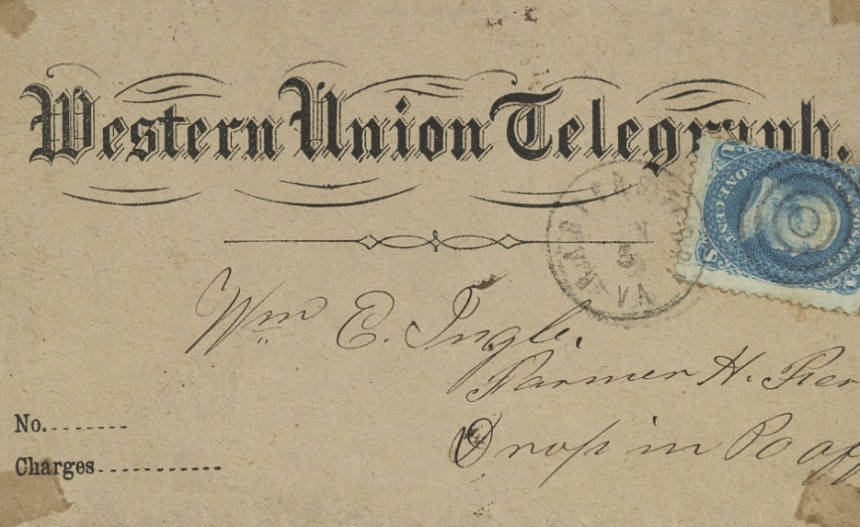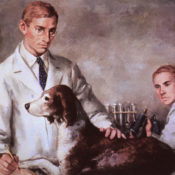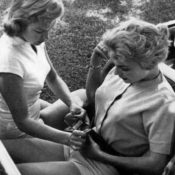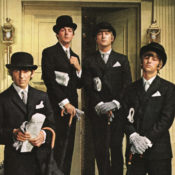In 2021, The Saturday Evening Post celebrates 200 years since the publication’s first edition rolled off the press. Since 1821, the Post has chronicled America’s growth and change — and my how it has changed in that time. Two centuries of political and cultural shifts, technological advancement, and artistic innovation can be difficult to put into context.
What was the United States like when the Post first went to print in 1821? America was watched over by its fifth president, James Monroe. The Union was just days away from admitting its 24th state, Missouri. In most of those states, only white male land-owners over age 21 could vote in elections. Slavery was still legal, and women were expected to run the home. And these nine things just didn’t yet exist:
The Washington Monument
The Post was in its 12th year of publication in 1833 when Chief Justice John Marshall, George Watterson, and former president James Madison founded the Washington National Monument Society and spent a decade soliciting funds and designs to create a monument to our first president.
The cornerstone for the monument was laid with much ceremony on July 4, 1848, and construction proceeded. The winning design by Robert Mills was quite ambitious — too ambitious, it turned out. Money problems and politics slowed and sometimes stopped construction, including one two-decade stretch that saw no progress (and that can be only partially blamed on the Civil War). In 1876, Congress assumed the duty of funding and completing the monument, and Mills’ original plans were pared down. When the Washington Monument was completed in 1884 (and opened to the public in 1888), it was, at 555 feet 5 1/8 inches, the tallest building in the world.
The Commercial Typewriter
Mark Twain is often credited with being the first author to write a novel on a typewriter. Considering that Twain on occasion wrote for The Saturday Evening Post, it should come as no surprise that the Post was around for the introduction of the typewriter.
A number of inventors had attempted to create a mechanical means for writing, building prototypes and filing patents as far back as 1714. Many of these devices were even slower than writing by hand — though the output was likely more legible — and none were commercially produced.
It wasn’t until 1868, the Post’s 47th year, that Christopher Latham Sholes, Carlos Glidden, and Samuel W. Soule filed patent 79265 and the modern typewriter began to emerge. (It was also the first patent that used the term type-writer.) After a few more improvements and a contract with E. Remington & Sons (the gunmakers), commercially available typewriters became more widely available, and writers ever since, including Mark Twain, exchanged writer’s cramp for carpal tunnel.

The Capitol Dome
The original Capitol building, completed by 1811, had a smaller, less ornate dome than what we know today. Unfortunately, British troops set fire to that building in 1814, and it underwent major renovations that took a decade; the new building wasn’t completed until 1826, five years after the Post starting publishing.
But even that wasn’t the Capitol Dome of today. Between 1793 and 1850, the number of states in the Union had more than doubled, the original 30 Senators had grown to 62, and the House that had originally seated 69 representatives now needed space for 233. The building was getting crowded. So in 1850, Congress passed an appropriations bill and President Fillmore chose architect Thomas U. Walter to enlarge the Capitol — and he enlarged the dome as well.
Though the dome itself was finished by President Lincoln’s second inauguration in 1865, (it was under construction during his first), renovations on the Capitol weren’t completed until 1868, the Post’s 47th year.
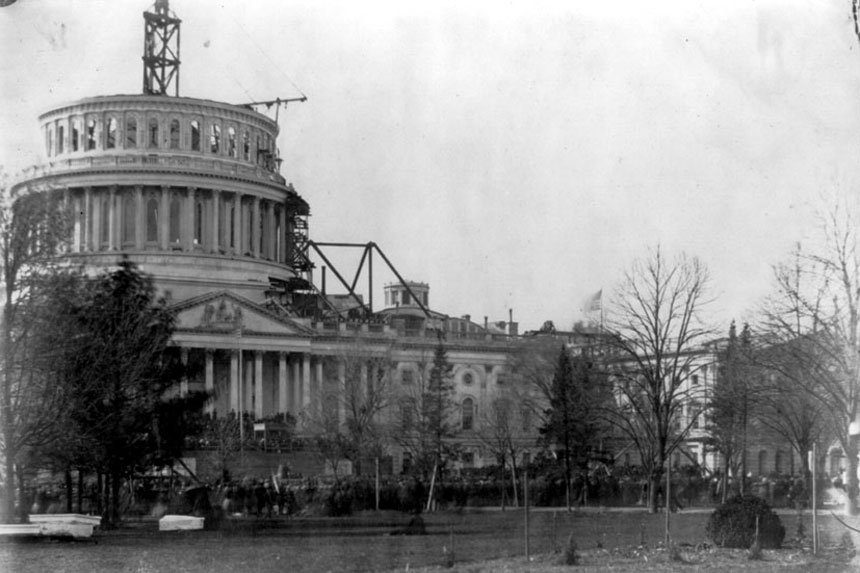
The Telegraph
Samuel Morse sent the first telegraph message, “What hath God wrought?,” from Washington, D.C., to Baltimore on May 24, 1844, the Post’s 23rd year, and telegraph lines proliferated across the country thereafter.
But getting a telegraph to Europe was a different matter. It took three attempts in 1857-58 to lay the first transatlantic telegraph cable, between Newfoundland and Ireland. While there was much rejoicing (and no end of merchandising) surrounding the project’s completion, the line failed within weeks.
But with improvements in design and implementation, a new transatlantic telegraph cable was laid, and by the end of July 1866, Queen Victoria and President Andrew Johnson were exchanging messages.

Before automated communications like the telegraph became widespread, news from Europe could take a long time to reach the States. In those times, word needed to physically travel across the Atlantic Ocean. For people who read U.S. papers, the lag — which could be weeks — was simply a fact of life.
The Saxophone
Belgian inventor Adolphe Sax hoped to create a new instrument that combined the best sounds of brass and woodwind instruments. He produced the first of what he called the saxophone in 1840, and then patented the instrument in Paris in 1846, the Post’s 25th year. The sax is a relative newcomer to music, which is why you’ll never find the instrument in the original works of Bach, Mozart, or Beethoven.
And speaking of Beethoven …
Beethoven’s Ninth Symphony
Ludwig van Beethoven’s final complete symphony — which contains the “Ode to Joy” theme — was premiered on May 7, 1824, just few months short of the Post’s third anniversary. Post reporters weren’t present at the premiere, but Beethoven did get some coverage in our pages. A year before the maestro’s death in 1827, the Post published an eyewitness account of how a party host in Germany tricked the deaf and irascible composer into performing.
The Complete Works of Charles Dickens
It’s hard to imagine a Christmas without Dickens’ A Christmas Carol, but when it was first published in 1843, the Post had been around for 22 of them. Dickens was born on February 7, 1812, which means he was 9 years old when the first Saturday Evening Post was printed.
Dickens made two trips to the United States during his life. As part of his first trip, he petitioned Congress to consider international copyright law — and in particular to keep American publishers from pirating his stories. The American press wasn’t too keen on the idea, however.
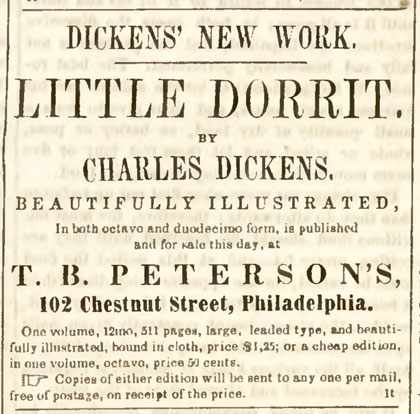
Bolivia
Long under Spanish rule, the area known as Upper Peru declared its independence in 1809. When the Post first hit the scene in 1821, those South American revolutionaries were still embroiled in a 16-year-long fight to overthrow the Spanish government and take control. Independence was finally achieved in 1825, four years after the first Post, and on August 6 of that year, the Republic of Bolivia — named for liberator and general Simon Bolivar — was born.
The Church of Jesus Christ of Latter-day Saints
According to Mormon doctrine, the messenger Moroni appeared to Joseph Smith on September 21, 1823, and pointed the way to the gold plates that held the story of the continent’s former inhabitants and their provenance. Smith translated the plates, they were published in 1830 as the Book of Mormon, and the Church of Jesus Christ of Latter-day Saints (aka the LDS church) was officially founded.
Become a Saturday Evening Post member and enjoy unlimited access. Subscribe now
